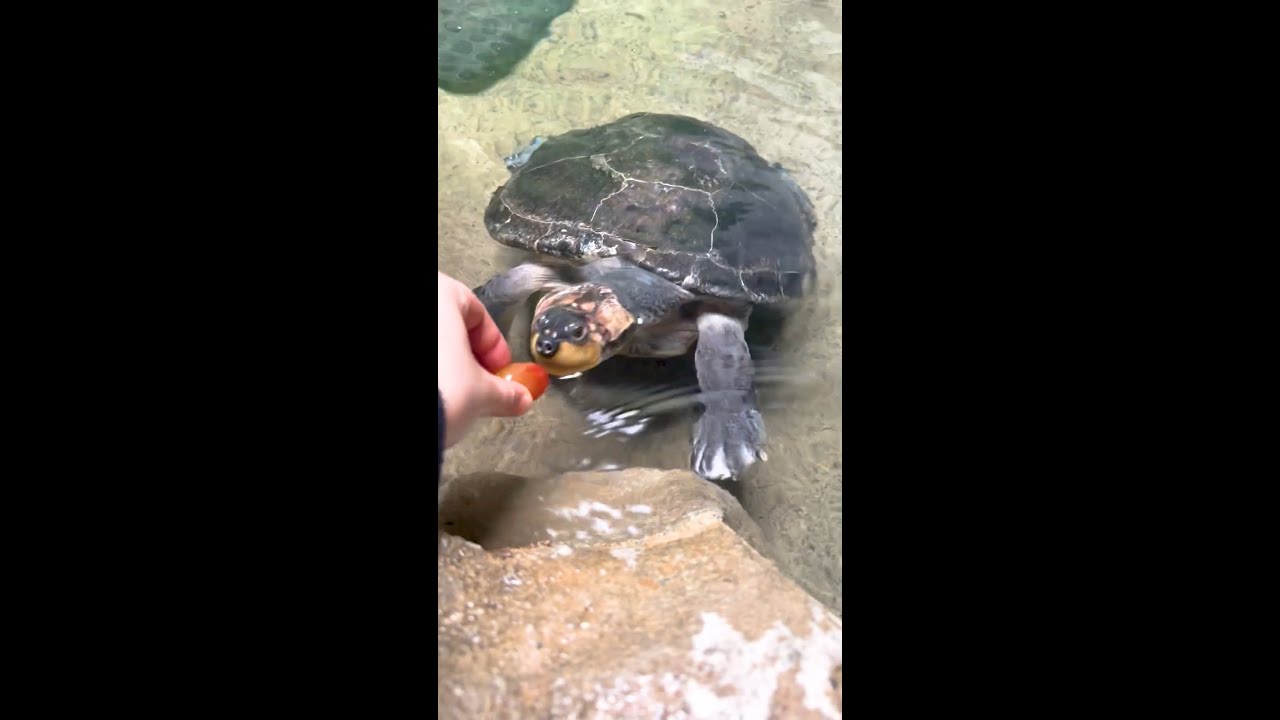– Insights into the nutritional needs of animals featured in Snack Time With Sheila
– The importance of environmental enrichment in captive animal care
– Strategies for wildlife conservation and the role of educational programs like Snack Time With Sheila
– The significance of zoo management in promoting animal welfare and species conservation
– A closer look at the behavioral observations made during Snack Time With Sheila and their relevance to zoological studies
Animals in the wild or captivity require specific dietary considerations to maintain their health and vitality. Snack Time With Sheila offers a vivid window into how these nutritional needs are expertly met in a zoo setting. By catering to the diverse dietary preferences of its animal participants, this program provides sustenance and a platform for public education on the subject. The intricacies of animal nutrition are complex, involving a balance between proteins, carbohydrates, fats, vitamins, and minerals that vary significantly across species. The food presented during the program is carefully selected to replicate the animals’ natural diets as closely as possible, which is crucial for their physical health and psychological well-being.
Environmental enrichment plays a pivotal role in the life of captive animals, a theme recurrently highlighted throughout episodes of Snack Time With Sheila. Enrichment is a dynamic process aimed at enhancing the quality of life for animals by providing stimuli that encourage natural behaviors and mitigate stress-induced behaviors often seen in captivity. Through feeding as part of an enrichment program, animals engage in foraging or hunting behaviors, essential for their cognitive and physical stimulation. The program demonstrates various enrichment methods, including puzzle feeders and scattered feeding, which encourage problem-solving skills and physical exercise.
Wildlife conservation is an overarching theme that Snack Time With Sheila subtly yet effectively champions. The program serves as a platform for discussing animal welfare and dietary needs. It underscores the broader implications of conservation efforts, including habitat preservation, species survival, and the genetic diversity of captive breeding programs. By drawing attention to these animals and their needs, the program fosters a deeper connection between the viewers and the wildlife, encouraging a more conscientious approach to environmental stewardship and conservation.
Effective zoo management encompasses various responsibilities, from dietary and environmental enrichment to veterinary care and conservation efforts. Snack Time With Sheila showcases the demanding yet rewarding work of zoo professionals and educators who strive to provide the highest standards of animal care. Their efforts in zoo management are critical not only for the well-being of the animals but also in advancing conservation goals by maintaining genetically diverse populations of endangered species, conducting valuable research, and engaging the public in conservation challenges and strategies.
Behavioral observations form a core component of Snack Time With Sheila, offering insights into the natural habits and preferences of the animals featured. These observations are invaluable for zoologists and zookeepers alike, as they inform decisions about diet, enrichment, and enclosure design that best suit the animal’s needs and preferences. Observing how animals interact with different foods or enrichment items can reveal much about their cognitive abilities, social structures, and health status. This knowledge contributes to the improved care of captive animals and our understanding of their counterparts in the wild, shaping conservation strategies and research priorities.
In summary, Snack Time With Sheila is a multi-faceted program that bridges entertainment with education, illustrating the complexities of animal care, zoo management, and wildlife conservation. Through its engaging format and informative content, it plays a crucial role in raising awareness about the importance of ecological preservation, the challenges faced by wildlife in the modern world, and the continued need for conscientious zoo management and conservation efforts.
*****
Source Description
Snack time with Sheila, the yellow-spotted Amazon river turtle! The yellow-spotted river turtle is a side-necked turtle. This means it does not pull its head and neck directly back into its shell. Instead, it tucks its head and neck under the edge of the shell to one side. You can see Sheila displaying this behavior when she takes a grape!
Video from Herpetologist Jamie Perrin
#Syracusezoo #Syracuse #CNY #Turtle #OnondagaCounty #OnondagaCountyParks

